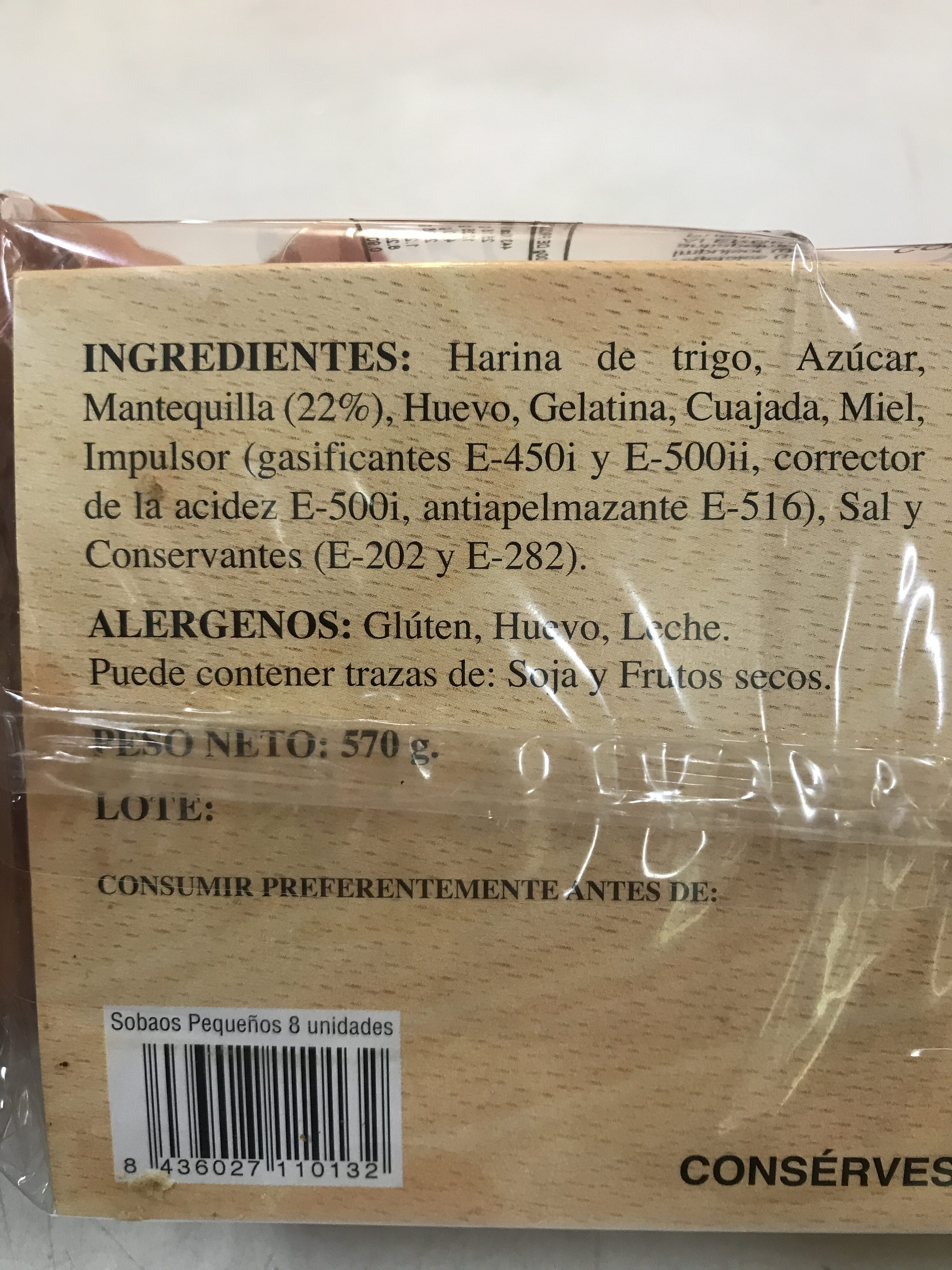Sobao Clásico - Abuela Lupe - 530gr
Aquesta pàgina del producte no està completa. Podeu ajudar a completar-la editant-la i afegint-hi més dades a partir de les fotos ja disponibles, o fent-ne més amb l'aplicació de androide o iPhone / iPad. Gràcies!
×
Codi de barres: 8436027110132 (EAN / EAN-13)
Quantitat: 530gr
Marques: Abuela Lupe, La Pasiega
Categories: Snacks, Aperitius dolços, Galetes i pastissos, Pastisseria
Etiquetes, certificacions, premis: en:Gluten, en:Huevo, en:Leche de Soja
Països on es va vendre: Espanya
Matching with your preferences
Entorn
Empaquetament
Transport
Report a problem
Fonts de dades
Producte afegit per openfoodfacts-contributors
Última modificació de la pàgina del producte per .
Si les dades són incorrectes o incompletes, pot completar o corregir editant aquesta pàgina.






